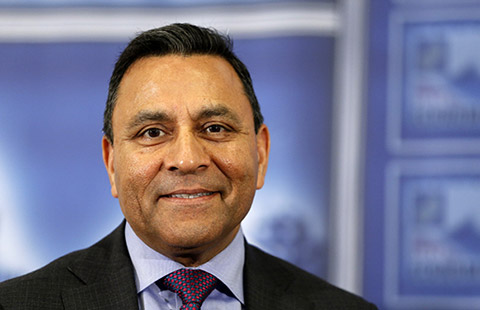Manufacturers eye new bases around the region
Countries are well equipped to roll out plans to draw investors in. Malaysia aims to develop its largely untapped east coast areas by inviting foreign companies to settle there, said Lim Pei Yun, an officer with the nation's East Coast Economic Region Development, which is under the supervision of the central government.
The Malaysian government is committed to putting in place physical, transportation and other infrastructure projects to support the development initiatives and specific incentives, including customized income tax exemption based on the merits of individual cases, to spur investment in the cost-competitive business hub.
She added that Malaysia has all the right ingredients to thrive: strong demographics, a large domestic market and an English-speaking population.
The Philippines is well-poised to host these manufacturing-oriented companies through the Philippine Investments Promotion Plan, a blueprint to synchronize strategies among various government organs to achieve "a world-class brand image" for the country, Dimaano said.
The project, with preferred investment focused on manufacturing, infrastructure, agriculture and tourism, provides registered enterprises an income-tax holiday from four to six years.
Companies may also qualify for a deduction in labor expenses in taxable incomes and are exempt from taxes and duties on raw materials.
Meanwhile, China is also trying to encourage foreign direct investment inland. In a pavilion tour during the expo, Premier Li Keqiang emphasized the importance of the vast inland areas as "the biggest room" for the country's development.
"I think developing the inland fits well into China's plan to let the region take over low-skill manufacturing and embark on urbanization, so that the coastal areas can be freed up to attend to more value-added work," said Sun Lijian, professor of economics at Fudan University in Shanghai.



















